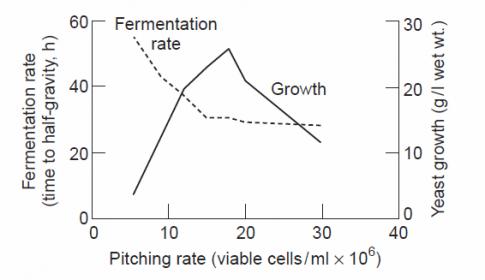Yooper said:That's why they dump the trub.
Yes, but the fact it even collects there at all indicates that a lot of the fermentation is taking place under a great deal of pressure. Heck, those conicals are so tall that the yeast doesn't even need to be on the bottom to be under a lot of pressure.
And in fact, pressure is something that can be tweaked to produce different results. Higher pressure = reduced esters. So I simulate a tall(er) conical with my blow-off tube in various depths of sanitizer. And with certain beers (like my saison), I don't even use an airlock, but rather just aluminum foil - and this was actually even recommended by Jamil.


![Craft A Brew - Safale S-04 Dry Yeast - Fermentis - English Ale Dry Yeast - For English and American Ales and Hard Apple Ciders - Ingredients for Home Brewing - Beer Making Supplies - [1 Pack]](https://m.media-amazon.com/images/I/41fVGNh6JfL._SL500_.jpg)


























































